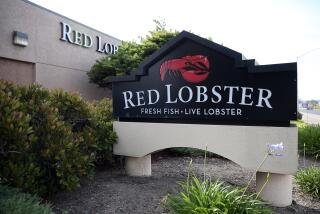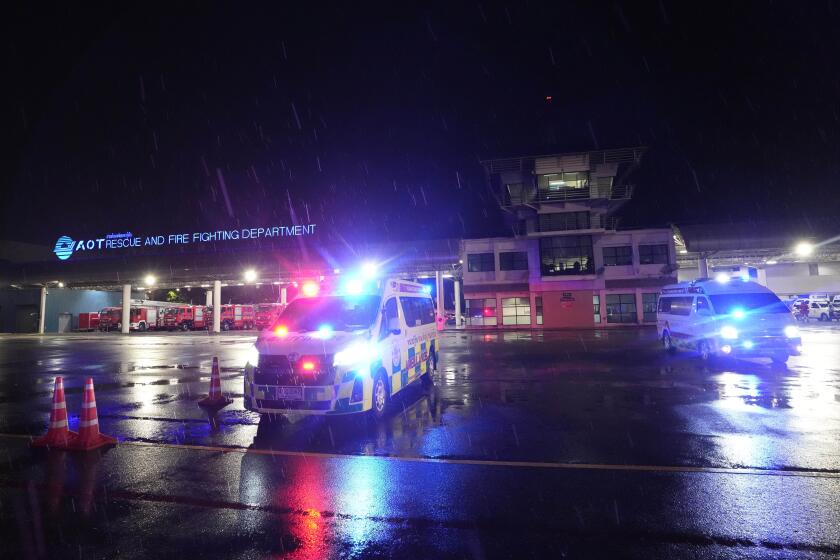Air Force Failed to Alter Copters Until Fatal Crash
Years before a 1991 helicopter crash at Edwards Air Force Base that killed two servicemen, the Air Force rejected the manufacturer’s repeated urgings to make a simple modification that might have warned of the craft’s failure, newly released documents show.
The records show Bell Helicopter Textron Inc., the Texas-based builder of the helicopter, sent the Air Force and other users at least three bulletins between 1976 and 1982 warning of a potential engine overheating problem and urging the change. For years, the Air Force took no action.
But nine years later--within weeks after the Jan. 14, 1991, crash--the Air Force reversed itself and ordered all of its nearly 100 twin-engine UH-1N helicopters modified to include a special paint on the troublesome coupling between the helicopter’s engine drive shaft and transmission intended to show signs of overheating by changing color.
In a recently released report, an Air Force investigation board concluded that the crash occurred because the coupling overheated and failed, causing the craft to lose power.
Air Force Col. Tom Reiter, who is in charge of maintaining the service’s fleet of helicopters, said Wednesday that he does not believe the modification would have prevented the crash.
“I don’t think it would have averted anything,” said Reiter, the Air Force’s helicopter systems program manager at the Warner Robins Air Logistics Center in Georgia. But, he added, “I can’t exclude it by saying no way would it ever help.”
Reiter said the Air Force plans to continue with its 18-month-old regimen of using the heat-sensitive paint and having maintenance crews check it before each flight, although one Air Force officer, in an April, 1981, memo, found “insufficient justification” to follow Bell’s advice.
Reiter, who was not in charge of the program at the time the memo was written, said he could not explain the Air Force’s refusal and cannot find documents to explain it.
The documents recounting the Air Force’s refusal to follow Bell’s advice and then finally taking action after the 1991 crash were included as attachments to the service’s publicly released accident report.
A July, 1976, Bell technical bulletin received by the Air Force and other helicopter users suggested painting the couplings because “field operations information indicates a need for a means to determine when drive shaft couplings have been overheated.”
In a February, 1981, bulletin, Bell warned that overheating of the drive shaft couplings “can result in loss of function or ultimate failure.” A March, 1981, cover letter to the Air Force asked the service to consider the bulletin “in the interest of the safety of military personnel.”
And finally, an October, 1982, operations safety notice from Bell told of the company investigating several recent coupling failures, including one that lacked the special paint. Bob Leder, a spokesman for the Ft. Worth-based company, said the model of helicopter “is one of the safest and most reliable aircraft ever built if flown within the design envelope and properly maintained.” He would not comment on the problems that led to the company’s warnings.
However, the company’s February, 1981, bulletin included a notice that future models of its helicopter would have the special paint put on the couplings during production. That did not help the Air Force, though, because the newest helicopters in its fleet at the time were built in the early 1970s.






